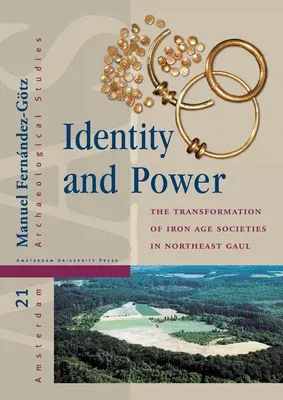Manuel Fernández-Götz
(Author)Identity and Power: The Transformation of Iron Age Societies in Northeast GaulHardcover, 8 April 2014

Temporarily out of stock
Free Delivery
Cash on Delivery
15 Days
Free Returns
Secure Checkout

Part of Series
Amsterdam Archaeological Studies
Part of Series
Amsterdam Archaeological Studies (Hardcover)
Print Length
298 pages
Language
English
Publisher
Amsterdam University Press
Date Published
8 Apr 2014
ISBN-10
9089645977
ISBN-13
9789089645975
Description
Product Details
Author:
Book Format:
Hardcover
Country of Origin:
US
Date Published:
8 April 2014
Dimensions:
29.72 x
20.83 x
2.29 cm
ISBN-10:
9089645977
ISBN-13:
9789089645975
Language:
English
Location:
Amsterdam
Pages:
298
Publisher:
Weight:
1270.06 gm